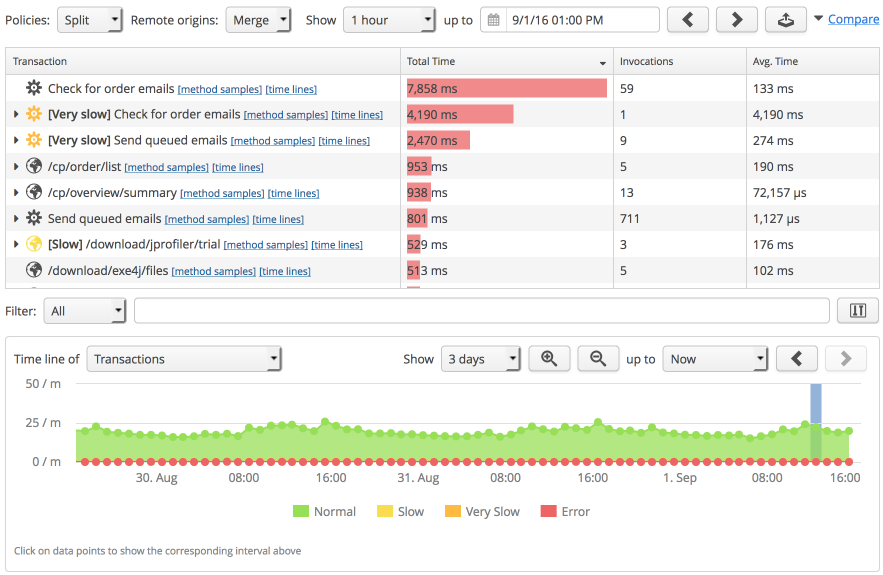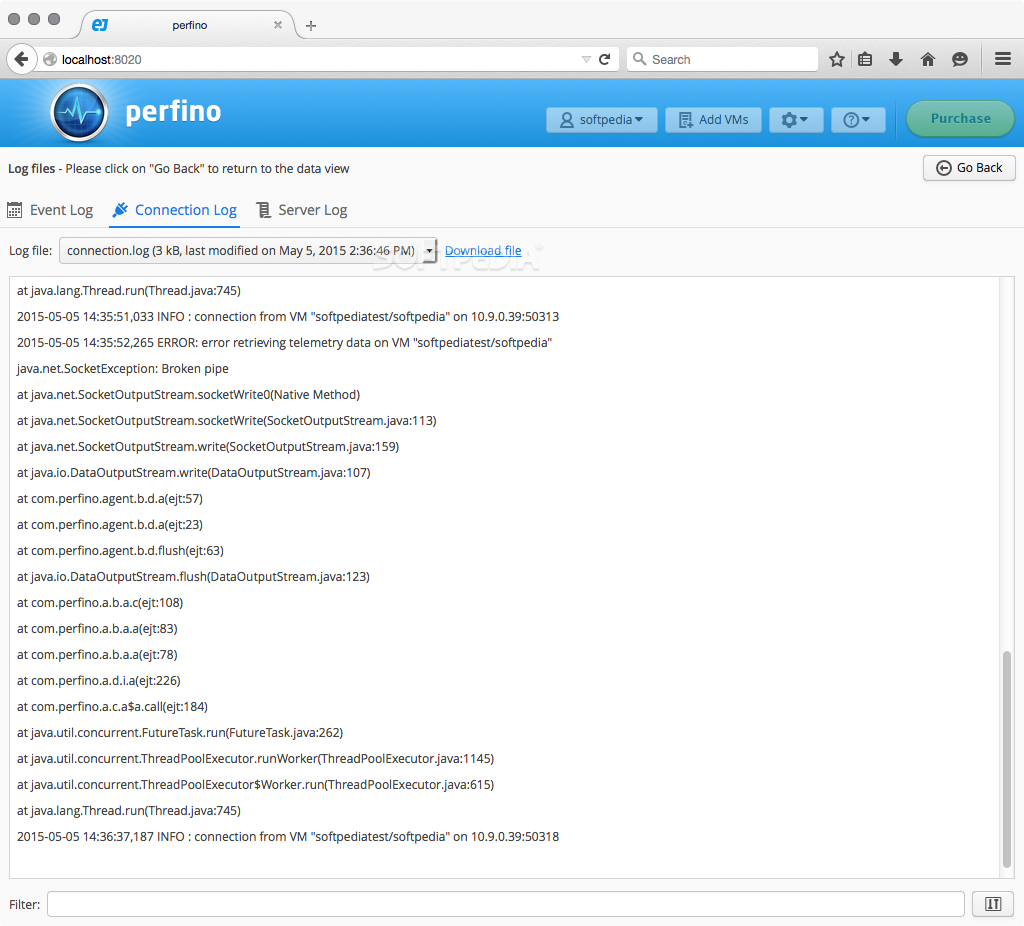

CT can be divided into three distinct stages, as reported by Uthhoff et al. The calcific deposits consist of poorly crystallized calcium hydroxyapatite but the mechanism of their formation still remains unclear.

Therefore ultrasonography is useful in characterize the articular and juxta-articular alterations in crystal related diseases.Ĭalcific shoulder tendinopathy (CT) is a common condition involving the central part or insertion of the rotator cuff tendons (RC) or the subacromial-subdeltoid bursa (SASD). Oxalate crystal deposition disease is seen rarely, in patients with primary hyperoxaluria and in patients with end-stage renal disease. Milwakee shoulder is an advanced form of this pathology, associated with rotator cuff arthropathy. In hydroxyapatite associated disease, calcifications are frequent in the shoulder or in the great trochanter of the hip, with aspects depending of the calcification phase. In chondrocalcinosis the most important ultrasonographic signs are the thin hyperechoic band, parallel to the surface of the hyaline cartilage and the punctuated pattern of the fibrocartilage. In knee involvement irregularities of the anterior surface of patella are found. The depositions at the entheseal level are leading to the gouty enthesopathy.

The depositions in the superficial layer are hyperechoic, well delimited only in the absence of inflammatory reaction. The ultrasonographic aspect of tophi depends on their age and size (at first small, hypoechoic and homogenous nodules, then echoic with hyperechoic edges and finally pseudotumoral, inhomogeneous). Bursitis has chronic features from the beginning. Double contuour sign, a focal or diffuse enhancement of the superficial margin of the articular cartilage is a specific finding. In gout the joint fluid is anechoic only at the first gouty attack afterwards the synovium begins to proliferate. There are four main types of crystals involved: monosodium urate, calcium pyrophosphate dihydrate, basic calcium phosphate (hydroxyapatite), and calcium oxalate. The aim of this paper is to describe the ultrasonographic findings in rheumatologic pathology due to crystal deposition. However, the final effect of the balance between inflammatory and anti-inflammatory cytokines may also depend by other tissutal and cellular factors, not all of which are still completely understood. The role of TGF is crucial, not only by limiting acute inflammation but also by promoting formation and deposit of calcium crystals.

The proinflammatory effects of interleukin (IL)-1, IL-6, IL-8 and tumour necrosis factor (TNF)-alpha are counterbalanced by the anti-inflammatory activity of transforming growth factor (TGF)-beta, which may inhibit both the cell recruitment and cytokine synthesis. These substances may in turn influence both intensity and duration of the acute attack. Cells most involved in the acute attacks are macrophage and neutrophils, which are responsible for the secretion of several important mediators of inflammation, such as prostaglandins and cytokines. Type and duration of the inflammatory reactions are mainly influenced by crystals characteristics, including shape and size, which, in turn may involve the crystal- binding of several proteins, essential for the modulation of cellular responses. Although many mechanisms of this reaction are well known, some aspects need to be further clarified, in particular those related to the self-limited nature of the process. The inflammatory response to microcrystals is one of the most powerful and intriguing examples of inflammation observable in man.


 0 kommentar(er)
0 kommentar(er)
